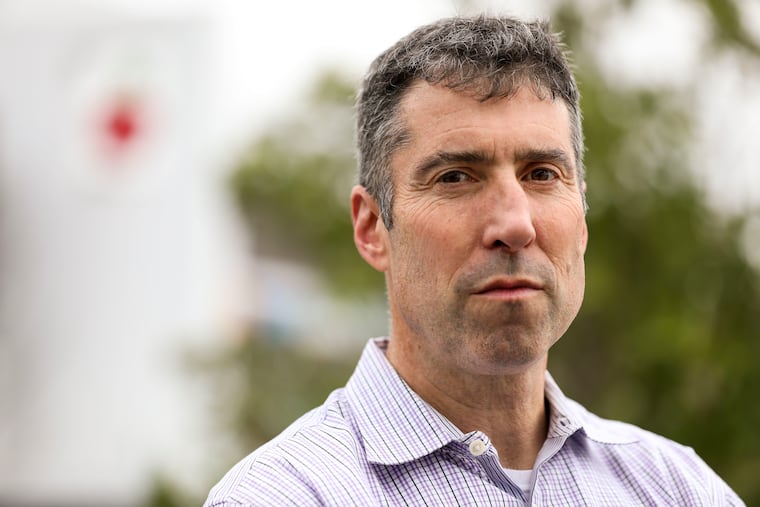As 2020 Census approaches, Philly pediatric doctor warns of hard-to-count kids | Opinion
I also see children that historically are invisible to society when it comes to the U.S. Census.

As I look out at the bustling waiting room of our outpatient pediatrics practice in North Philadelphia, I am reminded why I went into pediatrics. I see an infant held gently under his arms, nose to nose with his father, eyes locked with mirrored smiles. I see a toddler on his mother’s lap being read to, his fingers pointing out the animals in the book, asking in Spanish “que es?” I see such promise, such joy, and know with the right supports, that these kids, in this moment, have the chance to lead healthy, productive lives in pursuit of the American dream.
I also see children who historically are invisible to society when it comes to the U.S. Census.
Some of the most impactful health interventions in pediatrics over the past century have a basis in ensuring that children have their basic needs met with health care, access to food, equitable education, safe housing, anti-poverty efforts, quality affordable childcare and home visit programs, and supports for maternal health.
Every 10 years, as dictated by our Constitution, the United States takes on the colossal task of counting every person living in America. An accurate census count is vital for the distribution of over $800 billion in federal funds each year. Pennsylvania received $39 billion in 2016 for over 55 programs alone, as guided by the 2010 census.
Every child counted equals more than $30,000 in benefits to him or her and the community over the next 10 years. Many of these funds are allocated to programs that serve the hundreds of children that pass through our waiting room on a daily basis. Tragically, the 2010 census missed over 2 million children under the age of 4. The number of young children being missed has increased for the past 40 years.
Some of the highest risk children who are missed by the census sadly mirror the demographics of families who surround our hospital as demonstrated by the most recent Philadelphia community health needs assessment. They live in single parent households (77.6% surrounding our hospital), are children of teen parents (5.3%), live in poverty (45.4%), are children of color (64% of Philadelphians), and live with grandparents or are children of immigrants and refugees (no local data).
The census tract surrounding our hospital is ranked as one of the hardest to count (HTC) in the country with only 71.4% of households mailing back their 2010 census. Projections for 2020 are even worse. Invisible children. More crowded schools. More empty bellies. Fewer heated households. More stress.
Certain HTC communities leave millions of dollars a year on the table, unserved to the children that need it the most. For example, an uncounted 2-year-old from Fairhill will lose funding for services for the next decade, most of their childhood. Unfunded, uncounted, low-income communities may perpetrate the cycles that leave many in concentrated areas of poverty throughout the city.
The census data also are used to redraw voting districts and can give more political might to those districts that have higher census counts. The data are used by policy makers, researchers, funders, and child advocates to ensure equity in resources in the communities that need it the most.
Next year’s census may even make matters worse for HTC communities. Many people will be asked to fill out the census online, where the digital divide for low-income families with young children without internet access may be less likely to participate. There is also a lack of trust with the government with on-line data sharing.
What can we do to advocate for a just census for all children? In Philadelphia, the Philly Counts 2020 program is using local resources to help our city get fair distribution of the federal budget. Nationally, the Count All Kids campaign is working hard to make sure that every child is counted in the 2020 census. In the HTC tracts, we need trusted messengers, including health-care organizations, clergy, community organizations, and schools, to educate the public on the significance of the 2020 census. We must not allow the children in my waiting room, in our communities, to be invisible. The time is now. The cost is too great.
Daniel R. Taylor is an associate professor at Drexel University College of Medicine and director of community pediatrics and child advocacy at St. Christopher’s Hospital for Children.